Blog

Applications and Advances in Vacuum Hot Press Sintering Furnaces for Precision Ceramics
10 months agoExplores the use of vacuum hot press sintering for advanced ceramics, metal/ceramic welding, and industry trends.
Learn More
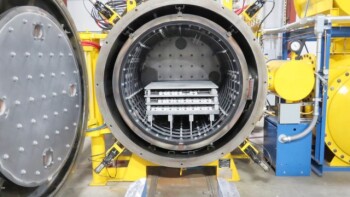
Functions of a Vacuum Hot Press Sintering Furnace
10 months agoExploring the key functions of vacuum hot press sintering furnaces in material processing.
Learn More

Advanced Ceramics Hot Press Sintering Technology and Equipment
10 months agoExplores the hot press sintering process for advanced ceramics, its methods, advantages, equipment, and applications.
Learn More

Vacuum Hot Press Sintering Furnace Structure and Classification
10 months agoAn in-depth look at the structure, types, and components of vacuum hot press sintering furnaces, focusing on their applications and benefits in material densification.
Learn More

Common Sense Points for Vacuum Heat Treatment
10 months agoKey considerations and practices in vacuum heat treatment processes.
Learn More
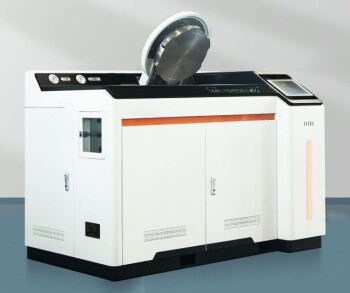
Principles and Applications of Vacuum Hot Press Sintering Equipment
10 months agoExploring the principles, classification, and applications of vacuum hot press sintering equipment in materials science.
Learn More
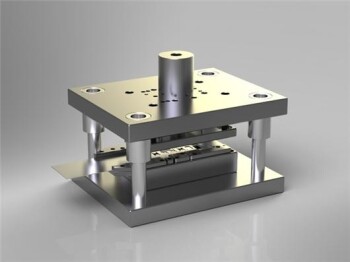
Understanding Hot Presses and Safety Considerations
10 months agoAn overview of hot presses, their applications, advantages, and safety precautions.
Learn More

PECVD Technology: Principles, Materials, Advantages, and Applications
10 months agoAn in-depth analysis of PECVD technology, its principles, materials, process parameters, advantages, and applications across various industries.
Learn More

Preparation of Graphene by Chemical Vapor Deposition (CVD)
11 months agoThis article discusses the various methods of graphene preparation, focusing on the Chemical Vapor Deposition (CVD) technique and its advancements.
Learn More

Advantages of Chemical Vapor Deposition
11 months agoExplores the benefits of chemical vapor deposition, including film formation speed, adhesion strength, and low radiation damage.
Learn More

Low Pressure Chemical Vapor Deposition (LPCVD) in Semiconductor Manufacturing
11 months agoAnalyzing the core technology of LPCVD in semiconductor manufacturing, from principles to machine types.
Learn More

Understanding Metal Organic Chemical Vapor Deposition (MOCVD) Technology
11 months agoAn in-depth exploration of MOCVD technology, its principles, equipment, and applications in semiconductor growth.
Learn More
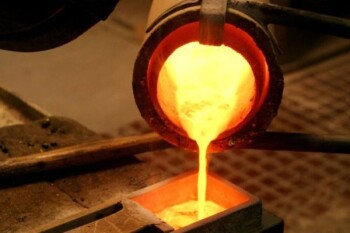
Common Laboratory Melting Methods
11 months agoAn overview of three primary laboratory melting techniques: Arc Melting, Induction Melting, and Suspension Melting.
Learn More
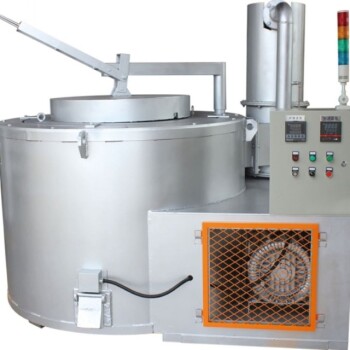
Characteristics and Applications of Different Types of Furnaces in Metal Processing
11 months agoThis article discusses the features and uses of various furnaces in metal processing, including electric arc, die-casting, aluminum scrap melting, crucible, high-temperature box-type resistance, and die-casting natural gas furnaces.
Learn More
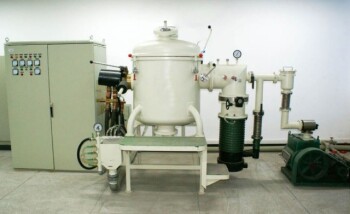
Vacuum Induction Melting: Principles, Processes, and Applications
11 months agoAn in-depth look at the vacuum induction melting process, its characteristics, applications, and equipment structure.
Learn More
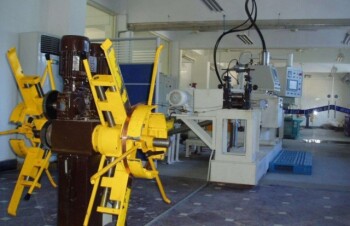
Classification, Applications, and Components of High-Temperature Vacuum Furnaces
11 months agoAn overview of high-temperature vacuum furnaces, their types, applications, and key components.
Learn More
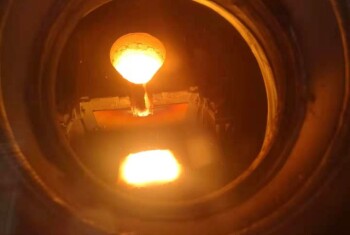
Introduction to Vacuum Induction Melting: Principles, Processes, and Applications
11 months agoAn overview of vacuum induction melting, its benefits, applications, and equipment structure.
Learn More
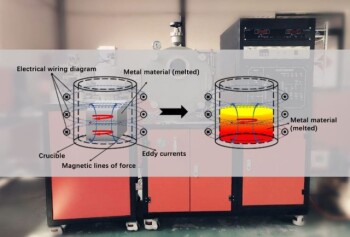
Vacuum Induction Melting Furnace: Introduction and Applications
11 months agoOverview of vacuum induction melting furnace features, capabilities, and applications in material research and production.
Learn More
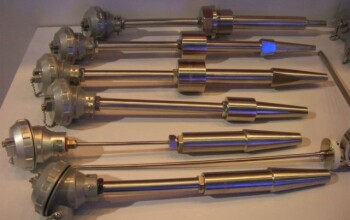
Choosing the Right Thermocouple for Heat Treatment Processes
11 months agoA guide to selecting the appropriate thermocouple for heat treatment processes based on standards and application requirements.
Learn More
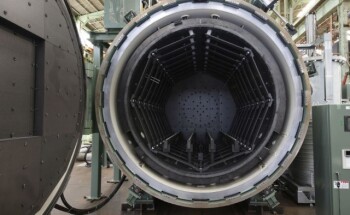
Vacuum Furnace Technology: Origins, Theory, Construction, and Applications
11 months agoExplores the history, principles, components, and applications of vacuum furnaces in aerospace and automotive industries.
Learn More
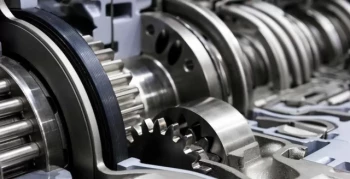
Advances in Carburizing Technology: Conventional vs. Low Pressure Vacuum Carburizing
11 months agoThis article compares conventional carburizing with low-pressure vacuum carburizing, highlighting their differences and advantages.
Learn More

Role of Heat Treatment Furnace Atmosphere
11 months agoExplores the critical role of furnace atmospheres in heat treatment processes, detailing their protective and reactive functions.
Learn More

Advantages of Mullite Fiber Lining for High-Temperature Furnaces
11 months agoExplores the benefits of mullite fiber linings in high-temperature industrial furnaces, focusing on thermal stability, energy efficiency, and long-term cost savings.
Learn More
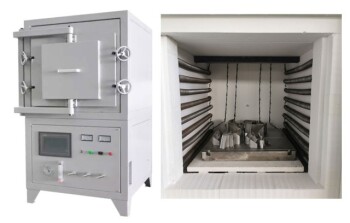
Optimizing Air and Atmosphere Furnace Systems: 12 Essential Tips
11 months agoA comprehensive guide on maintaining and optimizing air and atmosphere furnace systems for efficiency and quality.
Learn More
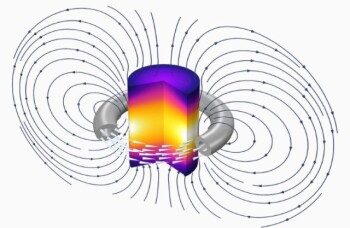
10 Steps to Troubleshooting Induction Systems
11 months agoA comprehensive guide on troubleshooting induction systems, covering key steps and essential components.
Learn More
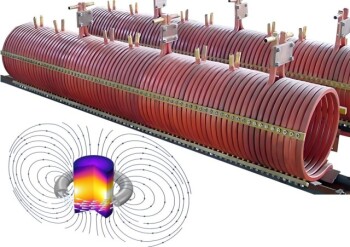
13 Tips on Induction Technology and Sustainable Heat Treatment
11 months agoExpert tips on maintaining induction coils, improving vacuum furnace efficiency, and sustainable heat treatment methods.
Learn More

Vacuum Heat Treatment: Carbon Reduction and Environmental Impact
11 months agoExplores the shift towards vacuum heat treatment for carbon reduction, its environmental benefits, and future trends.
Learn More
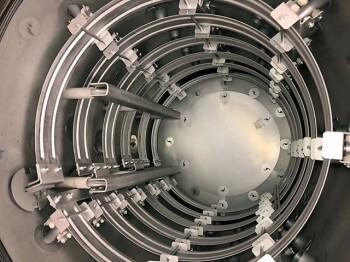
Six Essential Tips for Vacuum Heat Treatment
11 months agoOptimize vacuum furnace performance with expert tips on maintenance, inspection, testing, and more.
Learn More

Emergency Measures for Vacuum Sintering Furnace
11 months agoGuidelines on handling power outages, heating power loss, and gas stoppage in vacuum sintering furnaces.
Learn More
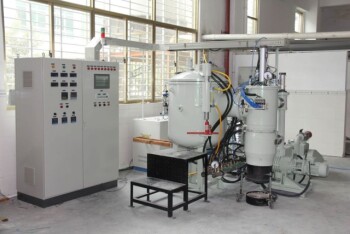
Key Considerations for Selecting a Vacuum Furnace
11 months agoGuide on choosing vacuum furnaces based on structure, heating, insulation, vacuum system, and more.
Learn More